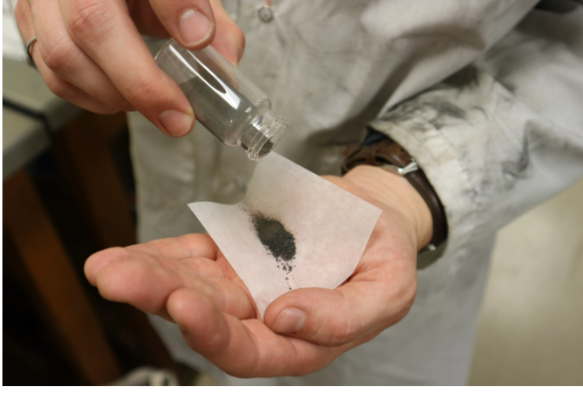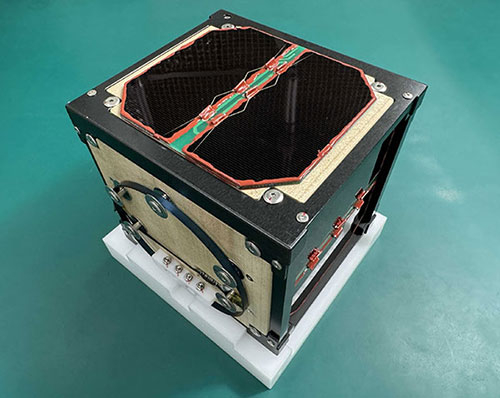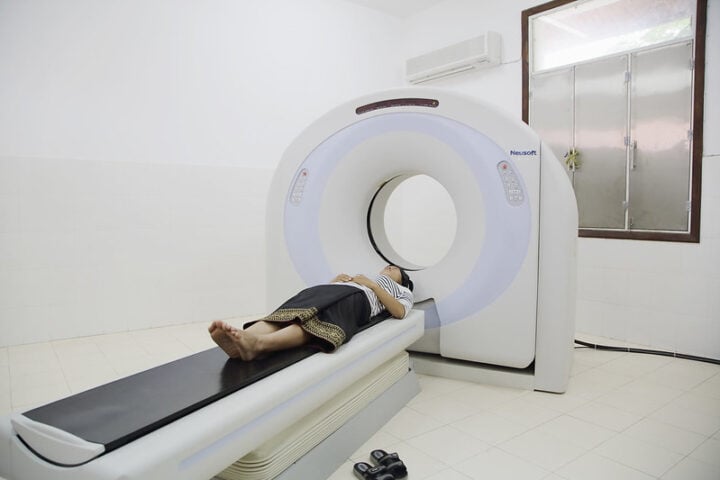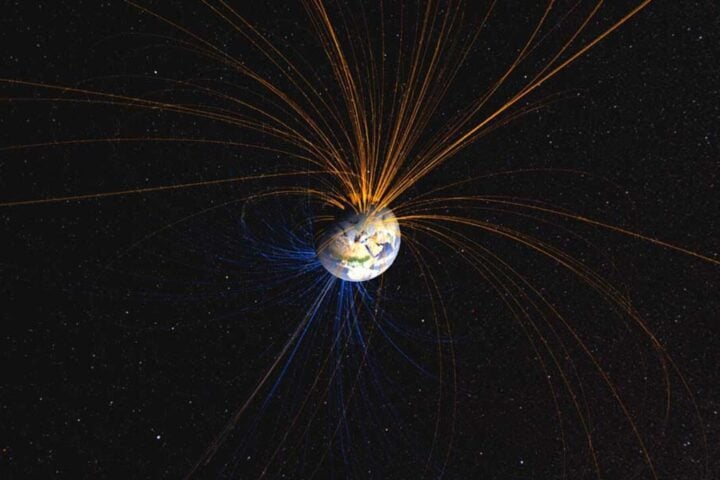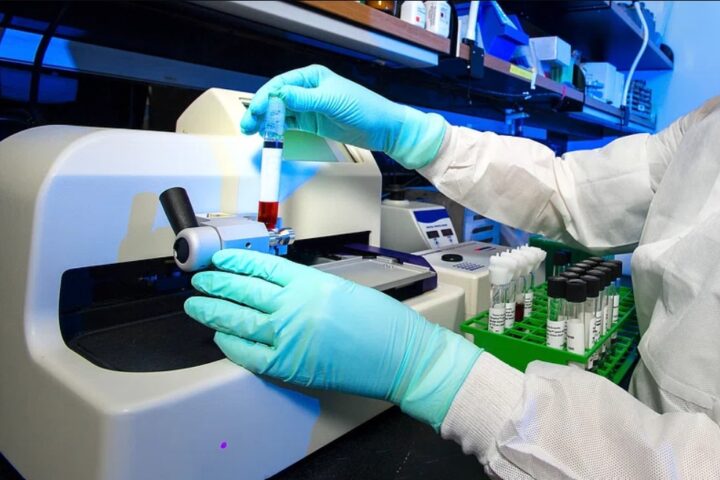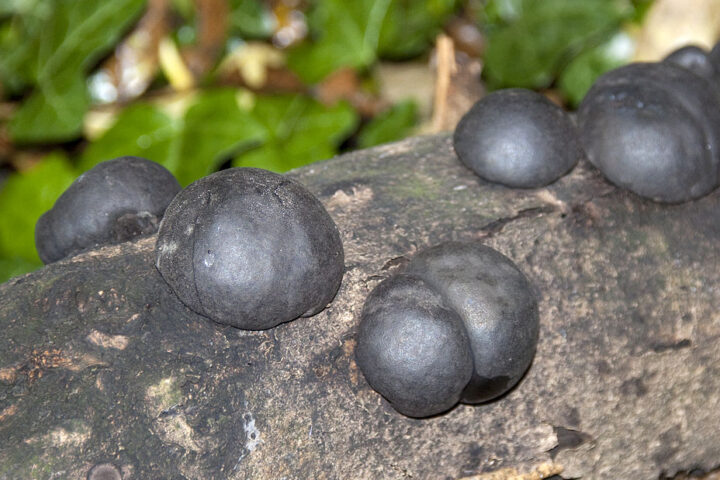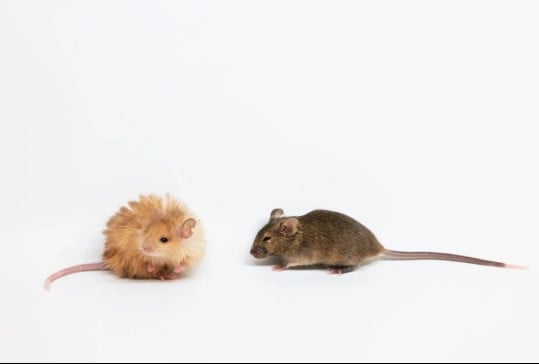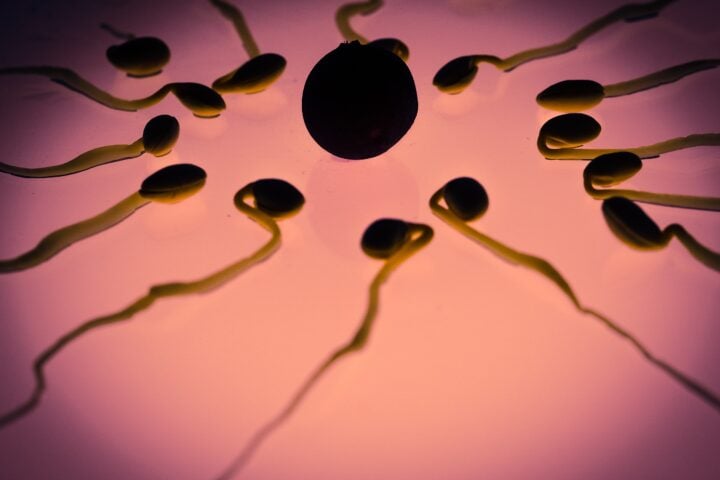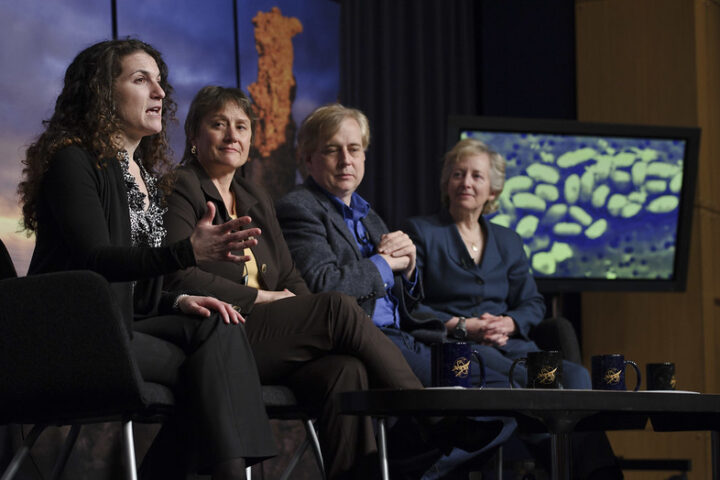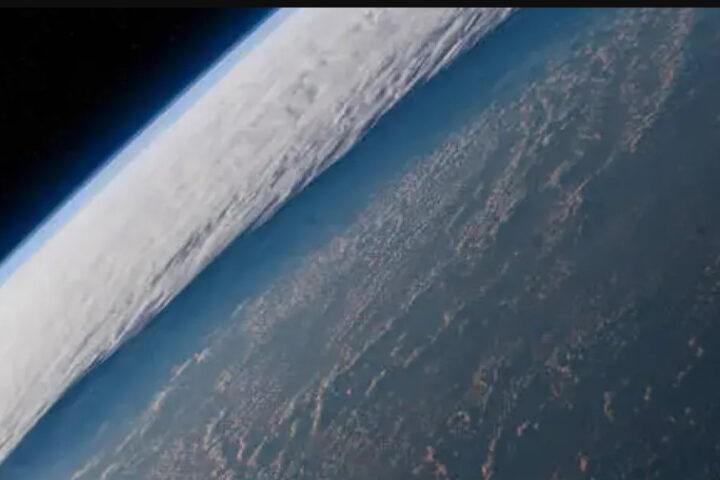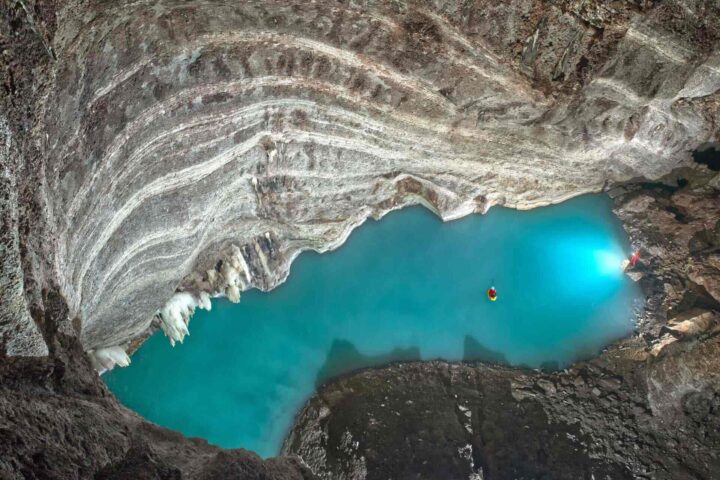Earth is not enough for billions of human beings. So, the next colony of humans is Earth’s natural satellite—the good old Moon. A research team from the University of Waterloo’s Laboratory for Emerging Energy Research (LEER) is looking into processing lunar soil and dust into usable materials for life support, energy generation, and construction.
The moon’s top layer of soil is called regolith. Conor MacRobbie, a PhD candidate supervised by Prof. Dr. John Wen and Dr. Jean Pierre Hickey in Waterloo’s Department of Mechanical and Mechatronics Engineering, said, “Lunar regolith contains lots of metallic dust embedded with oxygen.”
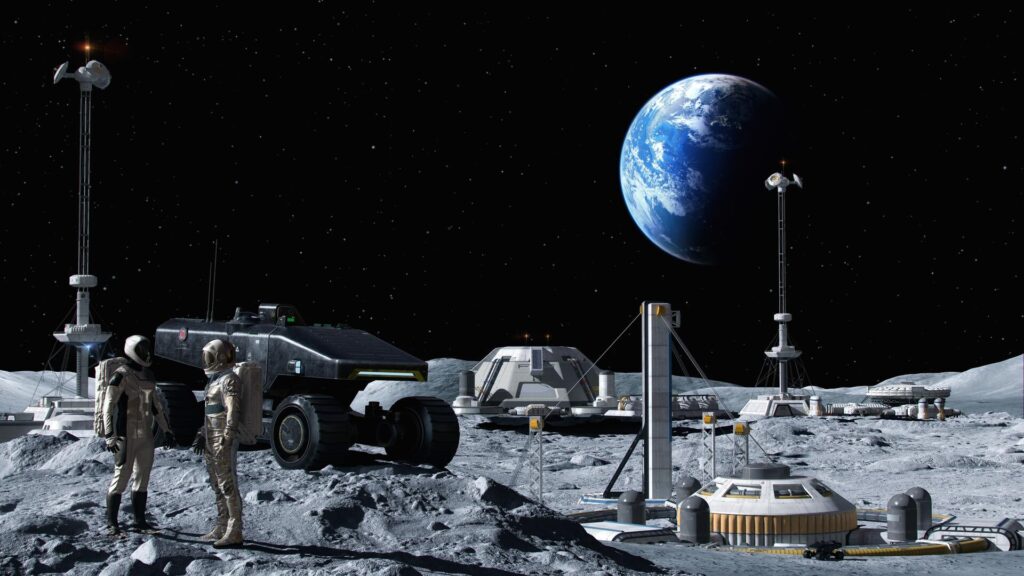
Using the moon’s soil to support life, energy generation and construction Photo Credits: University of Waterloo
Experiments were conducted by the LEER team using stimulant “lunar” regolith with its synthesis and supply by NASA. Wen, the director of LEER, said, “The results demonstrate the viability of the moon’s topsoil to power lunar development, enabling humans to explore and inhabit the moon’s surface.”
LEER is now continuously working at better extraction of metal and other useful material from the regolith. In this process, Canadian and international researchers are collaborating with LEER to facilitate in situ resource utilization and support the circular space economy.
The millions of bits of fast-moving debris that travel Earth and the moon’s orbits are a potential threat to humanity’s future in space. A collision with a one-centimeter particle of space debris traveling at 10 km/h to that of a small car crashing at 40 km/h is equated by the European Space Agency. This problem is being addressed by the LEER team by recycling defunct satellite material into a fuel source for space development.
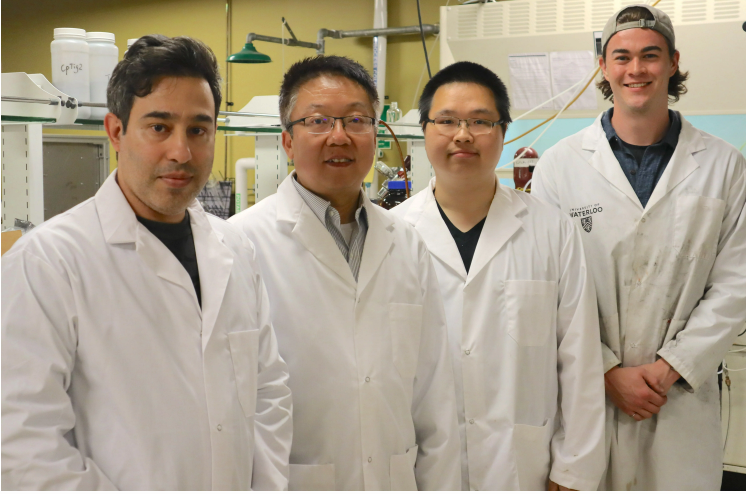
The LEER team (L-R): Navid Assi, Dr. John Wen, Dr. Anqi Wang, and Connor MacRobbie Photo Credits: University of Waterloo
According to MacRobbie, defunct satellites have enormous potential value. They are made up of many useful materials including aluminum, which, when added to lunar regolith, can produce a thermite reaction and generate heat. Ensuring power for further space exploration, the thermite reaction can be used to repurpose salvaged space debris as it provides materials for maintaining and developing solar satellite systems.
Similar Posts
The LEER’s research is turning science fiction into reality. MacRobbie says, “Our goal is to help build the infrastructure and technology that will allow sustainable human settlement on the moon – and beyond.”
In short, perhaps the next human address may be the Moon in not so distant future, according to the researchers of the University of Waterloo, who are experimenting with lunar soil to support life, energy generation, and construction.
